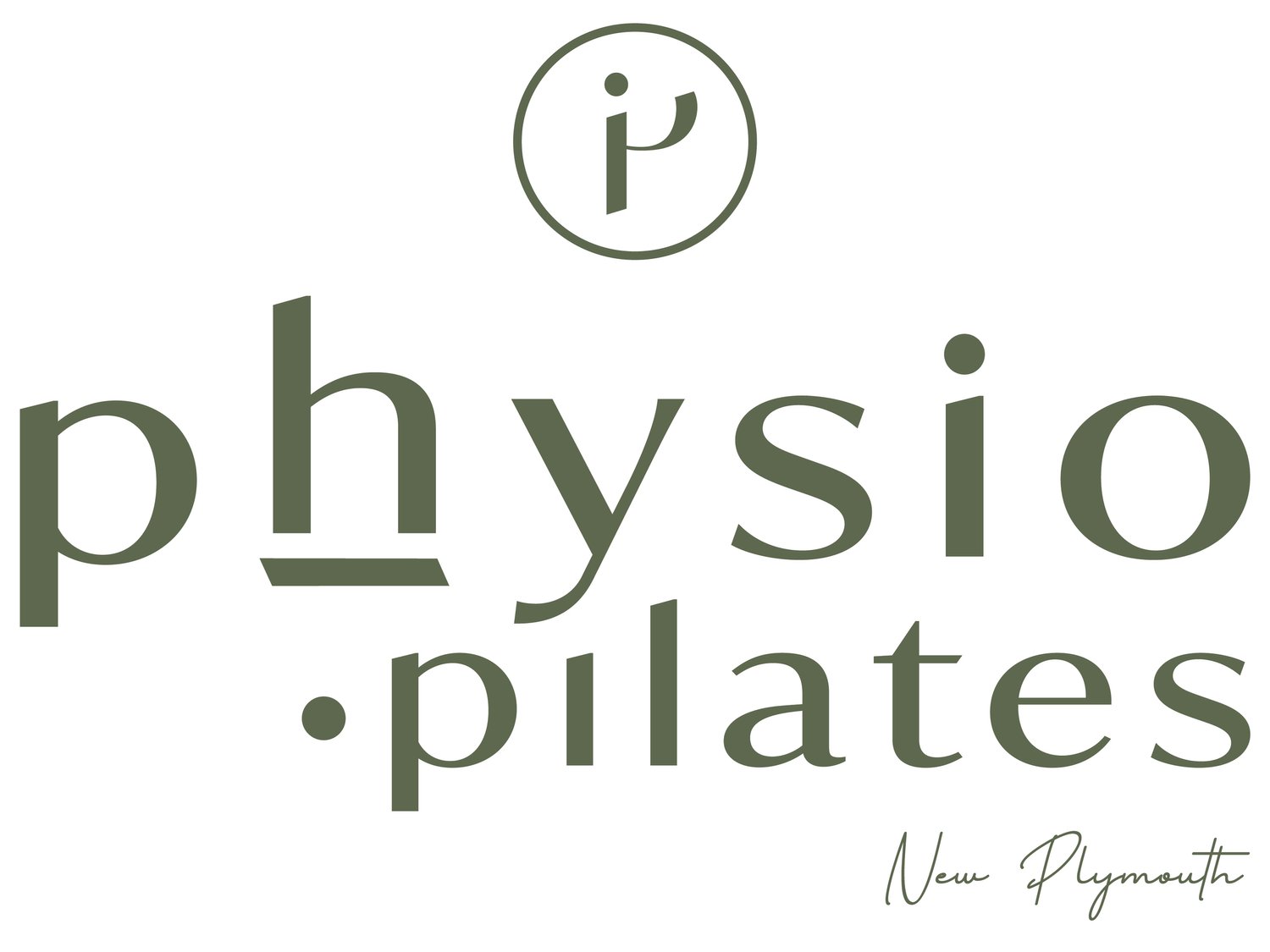Hip Labral Tears
Hip labral tears are a common cause of hip and groin pain during exercise. The labrum is a ring of cartilage that lines the acetabulum of the hip joint (cup/socket on your pelvis where your femoral head/ball sits). A Labrum’s job is to increase stability of your hip and allow smooth movement of the ball in the socket. When there is a tear in the labral cartilage, it can cause pain and discomfort in the hip area.
Causes of a Labral Tear
The most common cause of a labral tear is femoral acetabular impingement syndrome (FAI), which is a structural problem with the femur head (ball) or acetabulum (cup).
There are two main types of hip impingements:
Cam impingement- This is when there is an abnormality with the head of the femur (abnormal shape so that it’s not smooth and nicely circular), and can result in pain as the ball moves in the socket.
Pincer impingement-This is when the anterior part of the acetabulum (the cup the balls sits in) has more bone than usual and so can catch on the labrum, resulting in pain or discomfort in the groin area with movements.
Repetitive movements of hip flexion (especially large ranges of hip flexion) can affect the cartilage negatively and cause FAI, such as soccer, rugby, golf, gymnastics and long distance running. Repetitive movements can also cause a labral tear, even sitting for long periods of time throughout the day can result in FAI which could lead to a labral tear. Structural problems that people may be born with can cause labral tears too such as perthes disease and hip dysplasia.
Studies have shown 22% of athletes with groin pain have a labral tear, as well as 55% of patients with mechanical hip pain. Although, various studies have also shown that there is a high percentage of the population who have labral tears and no symptoms.
Symptoms of a Labral Tear
Symptoms of a labral tear include deep pain in the hip or groin area, stiffness, decreased range of motion, locking, clicking, or catching sensations, aching with sitting and a feeling of hip instability.
Diagnosis of a Labral Tear
Physio Assessment- clinical assessment and diagnosis of a labral tear can be very difficult as the presentation and symptoms of a labral tear are very similar to many other hip pathologies. Your Physiotherapist may suspect a labral tear based on your history and through physical tests and assessments, but they cannot definitively diagnose a labral tear without imaging.
Imaging- x-rays will show any bony abnormalities commonly associated with labral tears, such as hip dysplasia, but will not directly identify a labral tear. MRI’s provide more diagnostic accuracy for labral tears but the gold standard to diagnose and confirm a labral tear is a hip arthroscopy.
Treatment
Physiotherapy- Physiotherapy has been found to be effective in treating labral tears conservatively. A study conducted in 2019 found that out of 35 patients who received physiotherapy, 27 had successful results and were able to return to full activities without surgery. Physiotherapy for a hip labral tear includes working on hip stability, strengthening of the hip muscles, patient education, neuromuscular control and movement patterns, joint mobilisations, coordination/balance and mobility exercises.
Our main aim of treatment is reduction of pain and optimising function of the hip. Should there be no changes in pain or function after 12 weeks of Physiotherapy treatment, referral to a specialist is recommended.
Other Treatment Options- intra-articular steroid injections, oral analgesia or non-steroidal anti-inflammatory drugs, or surgery. We’d highly encourage trialling conservative management first to see how much the injury can improve first. But we will not hesitate to refer you to a specialist where is necessary.
Our wonderful Physio Natalia has worked in the US for many years rehabbing labral tears, both conservatively and post-surgery. She has fantastic knowledge in this area of injury and will be a great support for you during your recovery. Why not book a Physio appointment with her to see how he can help you with your hip pain?
Griffin, D., Dickenson, E. & O'donnell, J., 2016. Infographic. The Warwick Agreement on femoroacetabular impingement syndrome. British Journal of Sports Medicine, 50(19), pp.1179–1179.
